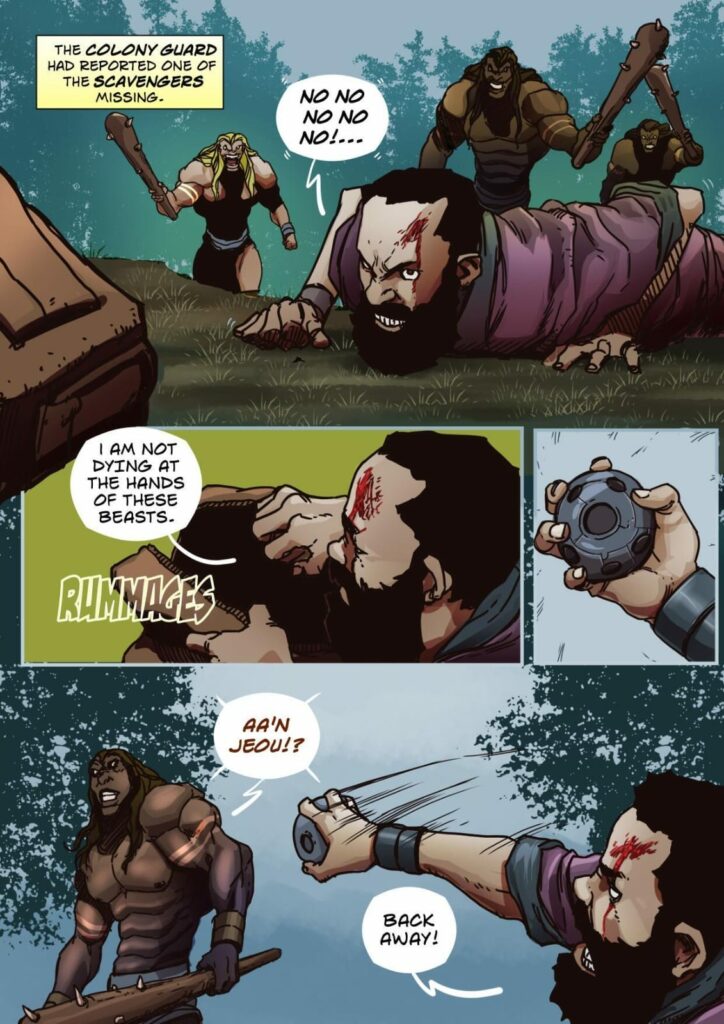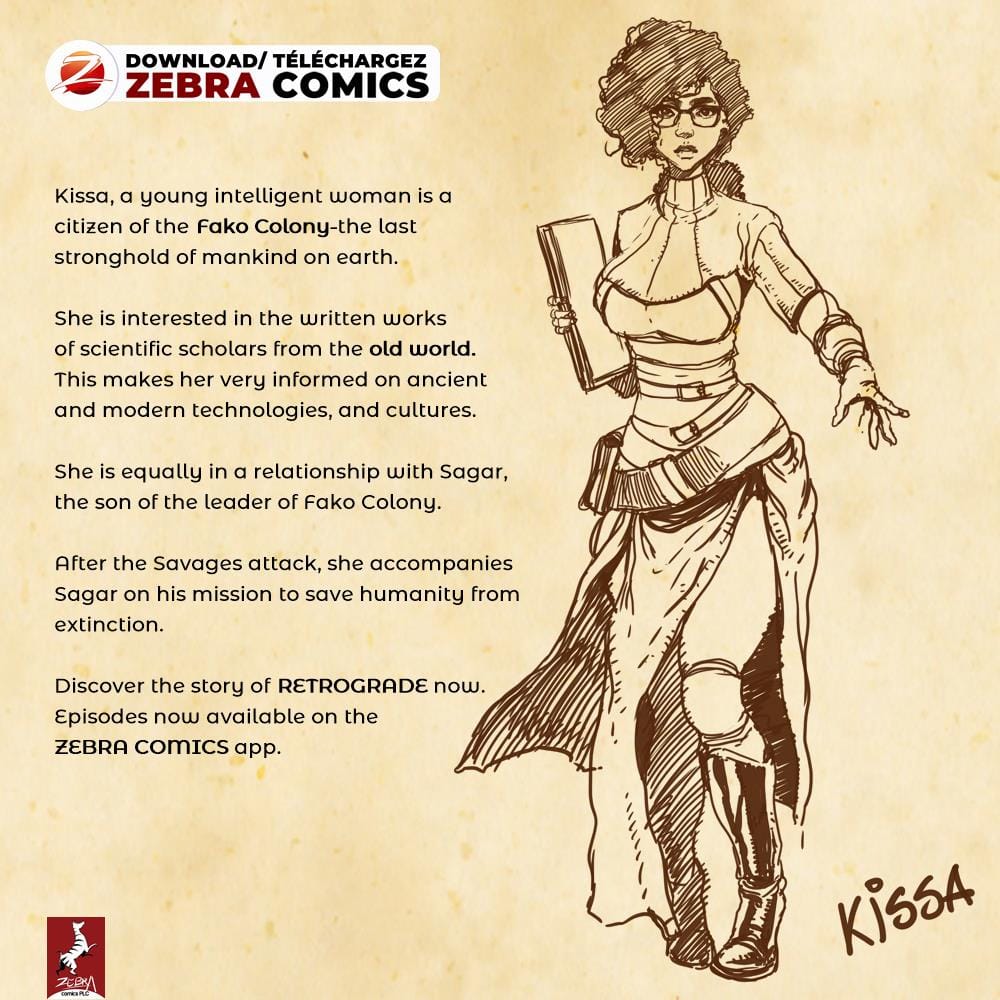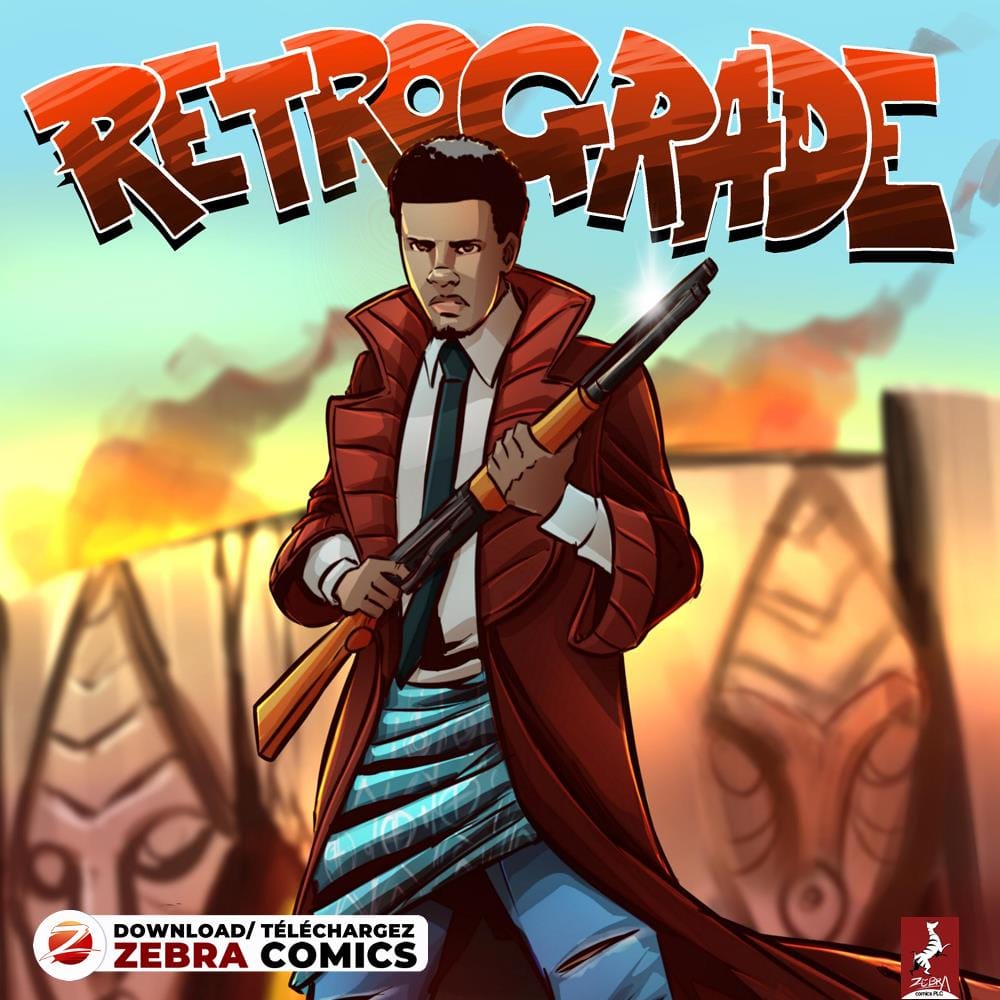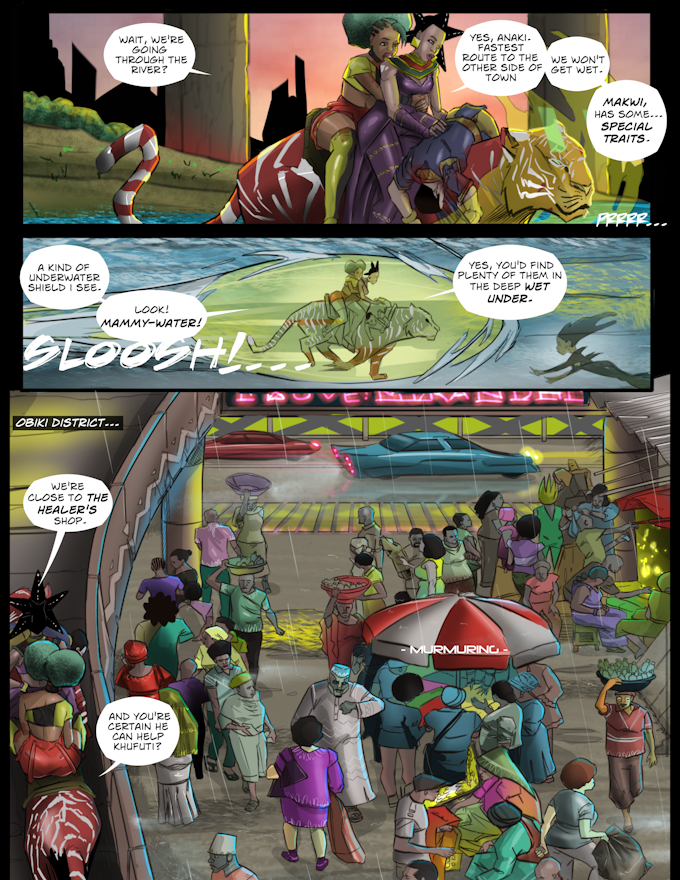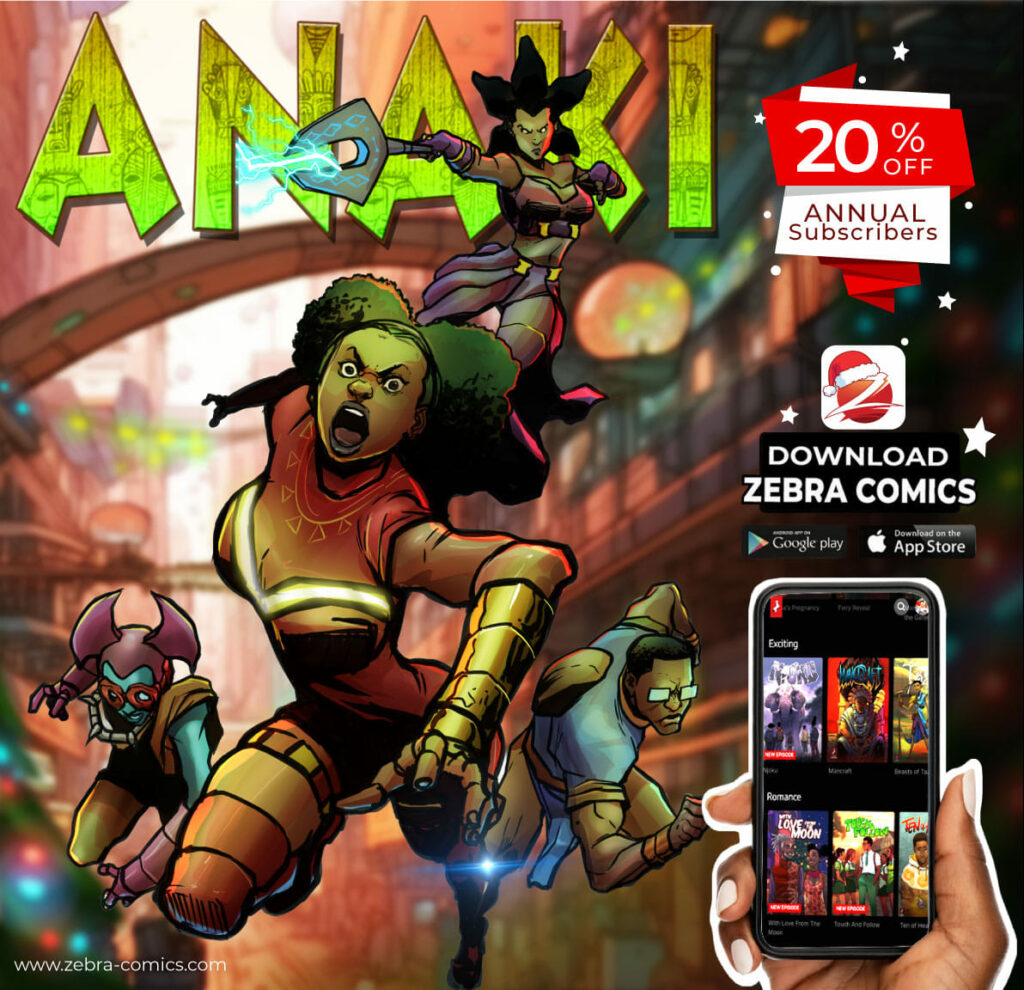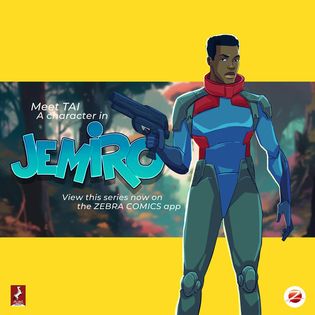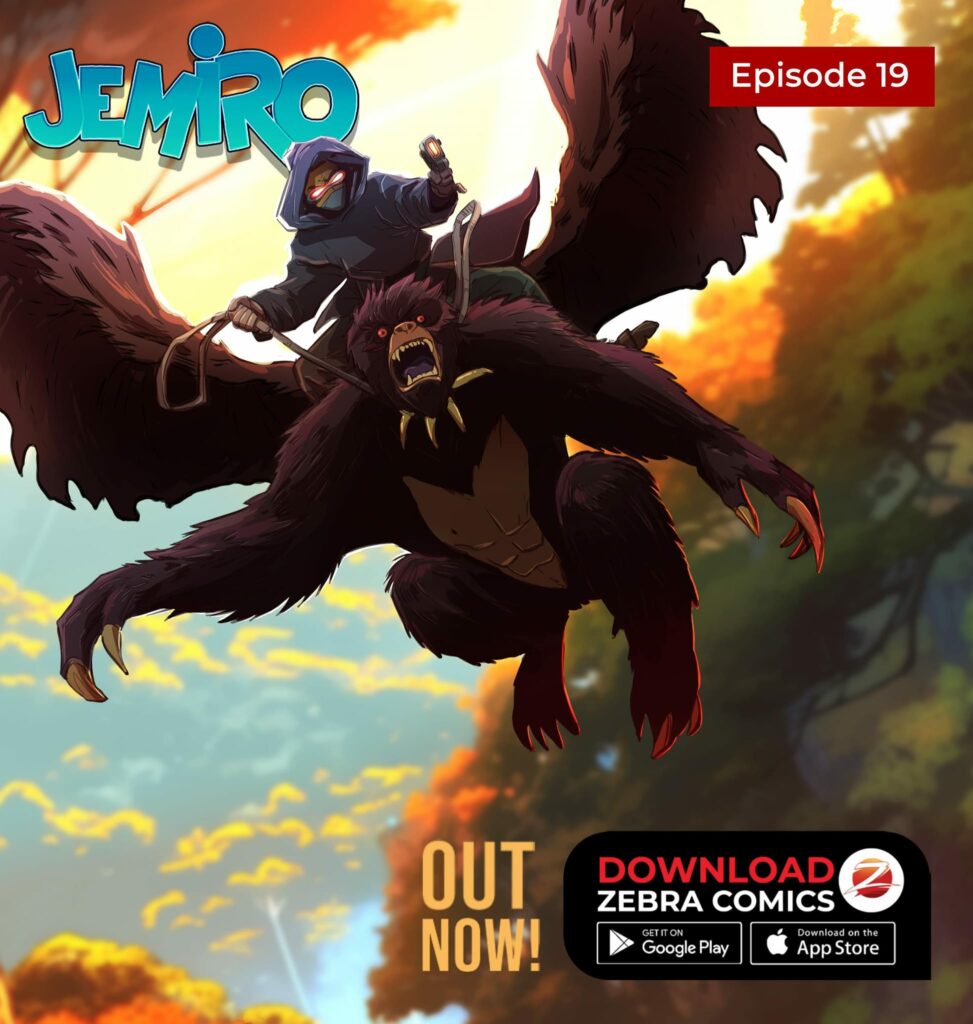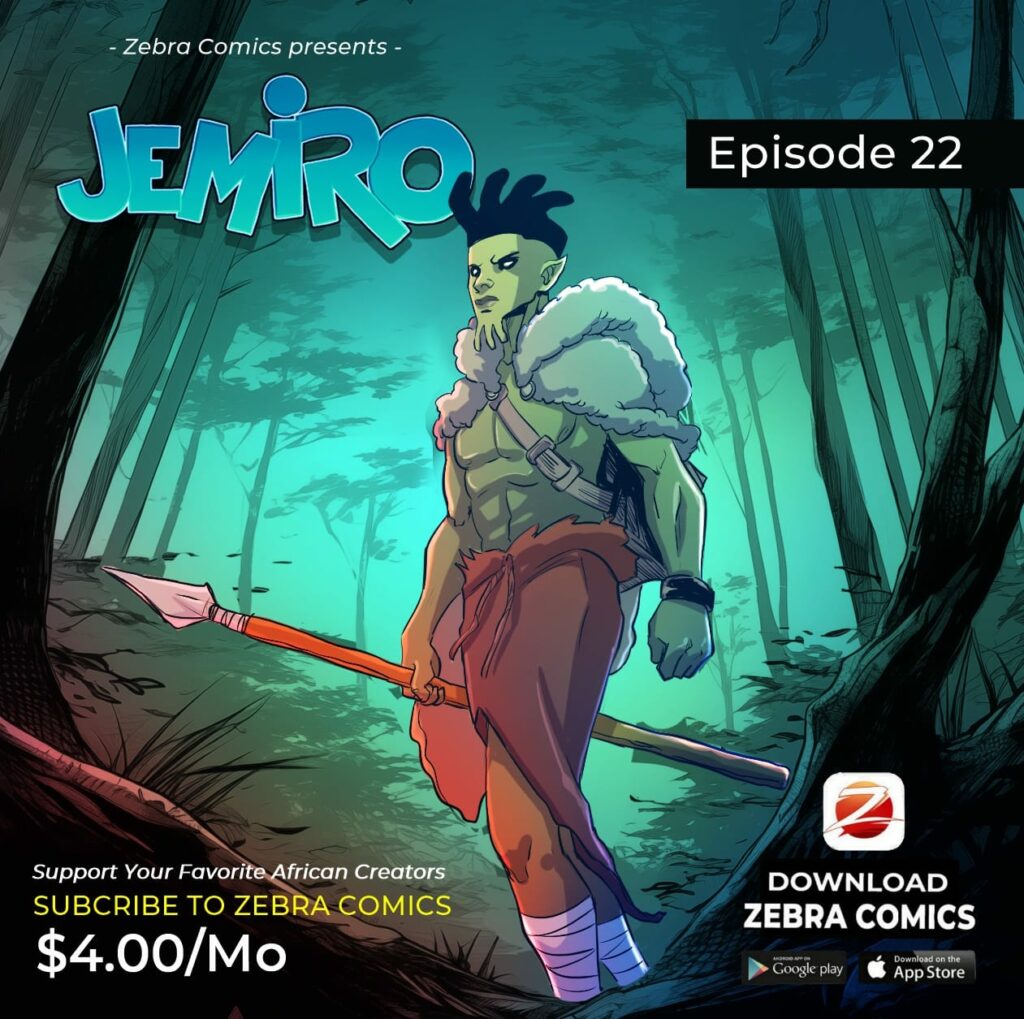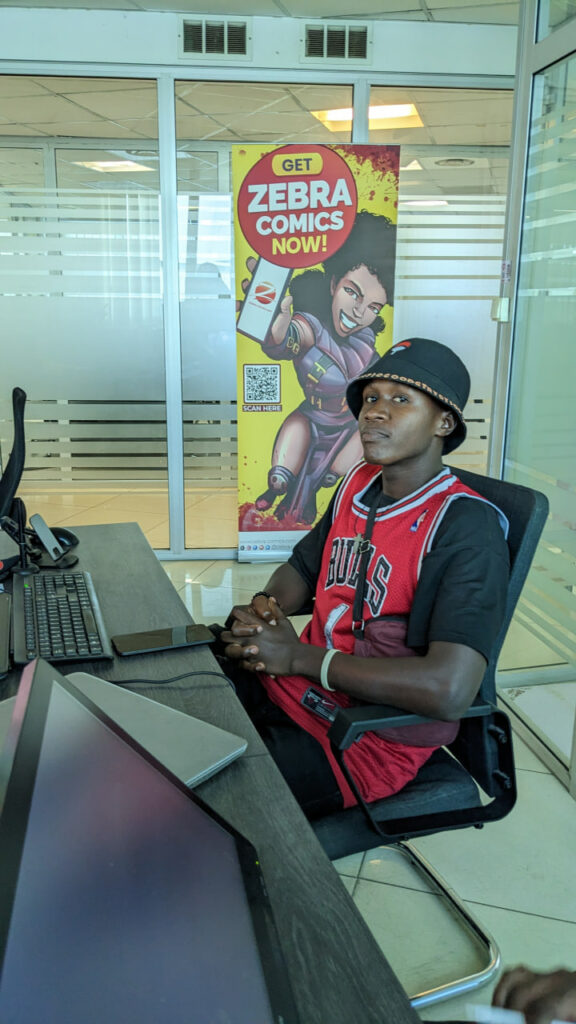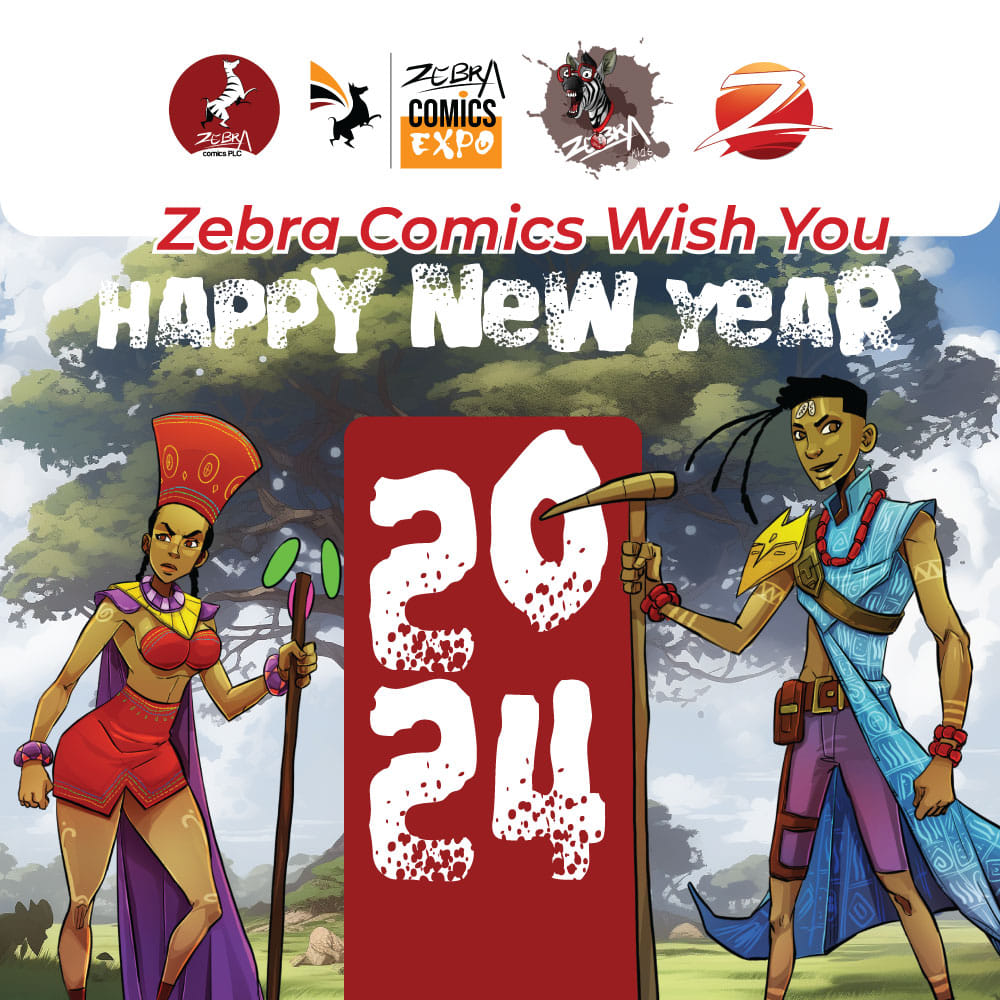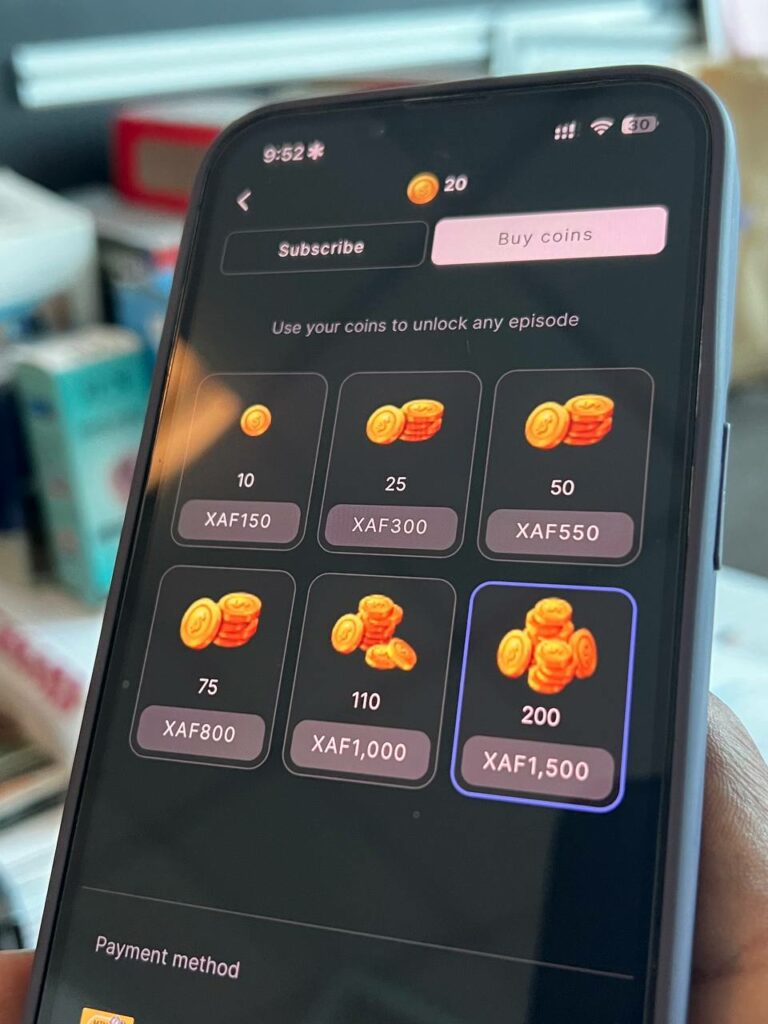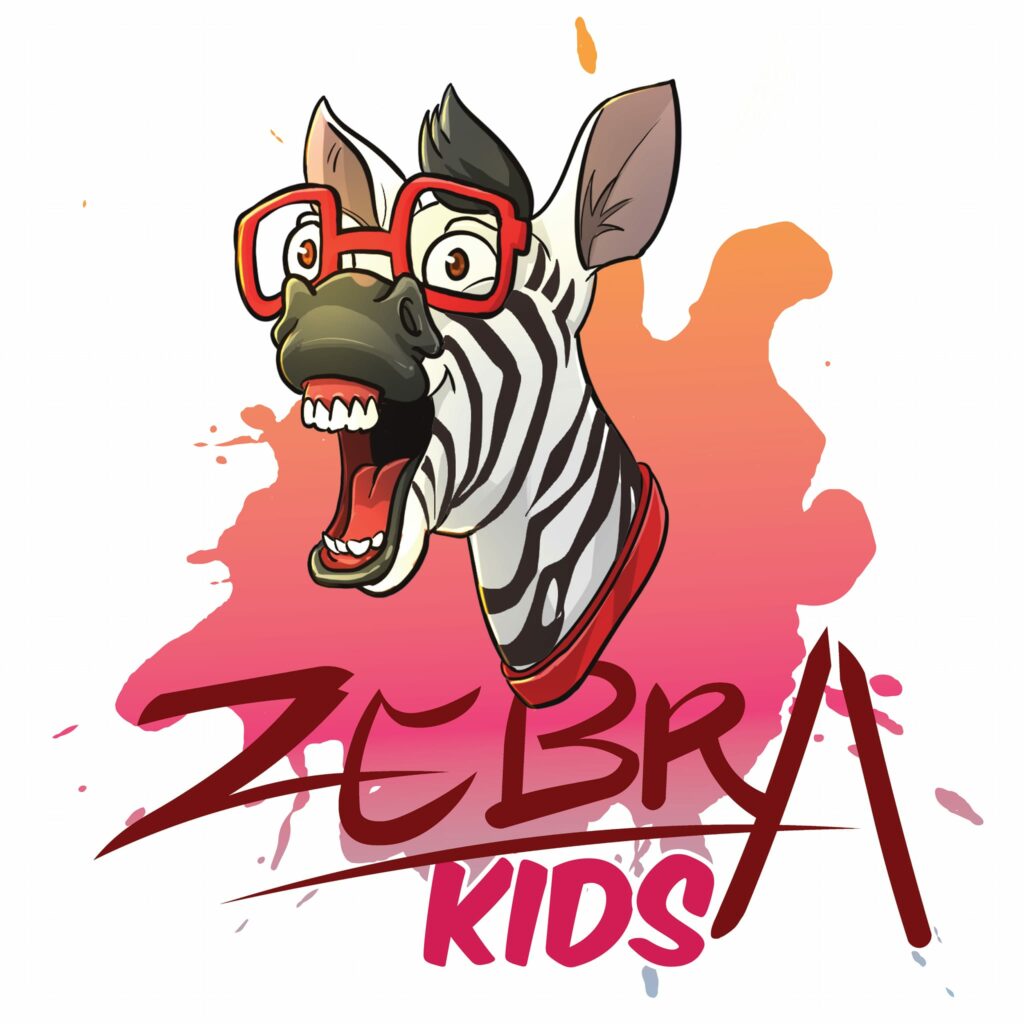In recent years, there has been a noticeable surge in the production of fantasy stories in African comics emerging from the African continent, captivating audiences worldwide with their unique blend of cultural richness and imaginative storytelling. Among these remarkable narratives stands “The Artist,” a groundbreaking comic and webtoon that explores themes of tradition, technology, and the enduring struggle between mortals and gods. As African comics gain momentum, “The Artist” and its contemporaries are paving the way for a new era of diverse and captivating storytelling.
One such notable work is “The Nokoid,” published by Zebra Comics PLC, which has garnered considerable attention from fans globally. However, today, our focus shifts to “The Artist,” an enthralling tale that takes readers on a journey through the depths of African mythology and the complexities of human nature.
Plot
“The Artist” centers on Talhah, a young man burdened by a physical disability. A childhood accident left him crippled, fueling a deep sense of regret in his father, Fadir. In a desperate act of love, Fadir resorts to forbidden technology to heal his son, defying the edicts of the gods who rule their land. This transgression has dire consequences. Years later, when Talhah is at university, his esteemed professor, Obasi, takes the class on a trip to Koldari – Talhah’s ancestral homeland. What they discover is a wasteland, a chilling testament to the devastation wrought by the gods upon discovering Fadir’s act.
The weight of this revelation falls heavily on Talhah. Now, the only one left with a connection to the ravaged land, he becomes the unlikely chosen one. Driven by a sense of responsibility and a fierce love for his people, Talhah embarks on a perilous journey to appease the gods and restore Koldari to its former glory. This epic quest unfolds within the pages of “The Artist,” available on the Zebra Comics app and website.
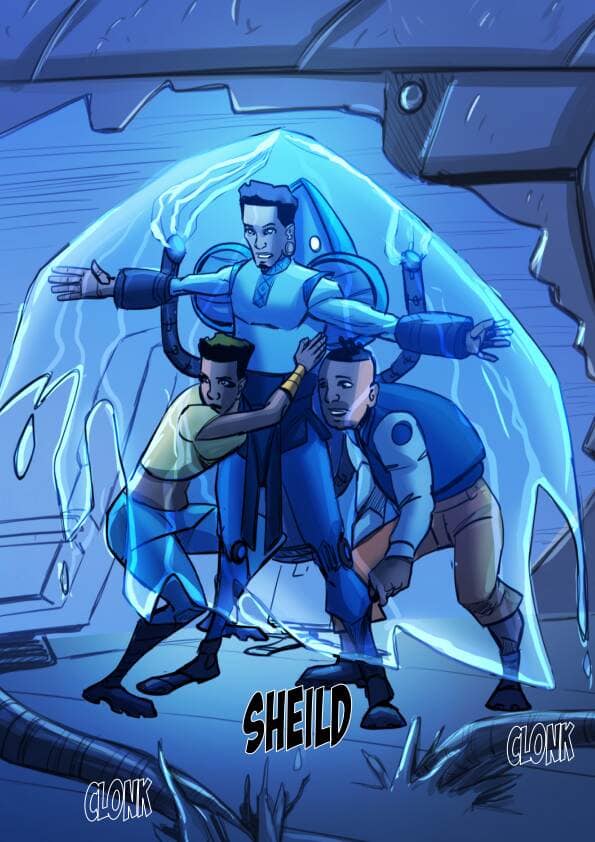
Setting
Koldari, the setting of “The Artist,” is a breathtaking African landscape infused with advanced technology. Once a thriving civilization living under the watchful eye of the gods, Koldari’s idyllic harmony is shattered when its inhabitants embrace technology at the expense of their faith. As punishment, the gods unleash their wrath, transforming the land into a perilous wilderness teeming with fantastical creatures. Lush greenery gives way to barren plains, towering structures crumble into ruins, and fear replaces the once vibrant life force that pulsated through Koldari. This stark transformation provides a perfect backdrop for the thrilling adventures that await Talhah.
Characterization
“The Artist” boasts a cast of characters grappling with complex emotions and motivations.
- Talhah: Despite his physical limitations, Talhah possesses immense courage and a deep well of compassion. He embodies the protagonist’s journey of self-discovery and heroic sacrifice.
- Fadir: Consumed by guilt and a desperate love for his son, Fadir sets in motion a chain of events that will forever alter their lives. He represents a struggle with faith and the lengths one will go for their loved ones.
- Obasi: Talhah’s enigmatic professor harbors a shrouded past. His connection to Koldari and the gods remains shrouded in mystery, playing a pivotal role in the larger narrative.
- Asango: A fearsome demi-god, Asango embodies the wrath of the gods. He serves as a formidable antagonist, driven by vengeance against Obasi for siding with humanity.
- The All-Father: The supreme deity of Koldari, the All-Father remains an unseen force. His motivations and methods of influencing the mortal world are shrouded in mystery, creating a sense of awe and dread.
Themes
“The Artist” delves into a rich tapestry of themes that resonate with readers.
- Love: The story underscores the boundless love between Fadir and Talhah, a love that sets the plot in motion and becomes the catalyst for Talhah’s redemption quest.
- Sacrifice: Talhah’s willingness to risk everything to save his people is a testament to the power of selflessness. Each character makes sacrifices, highlighting the true cost of defying the gods.
- Revenge: Asango’s relentless pursuit of vengeance against Obasi fuels the conflict and adds a layer of complexity to the narrative.
- War: The destruction of Koldari exemplifies the devastating consequences of war, both literal and metaphorical.
- Loyalty: Despite Talhah’s disability, his friends remain steadfastly loyal, highlighting the importance of unwavering support.
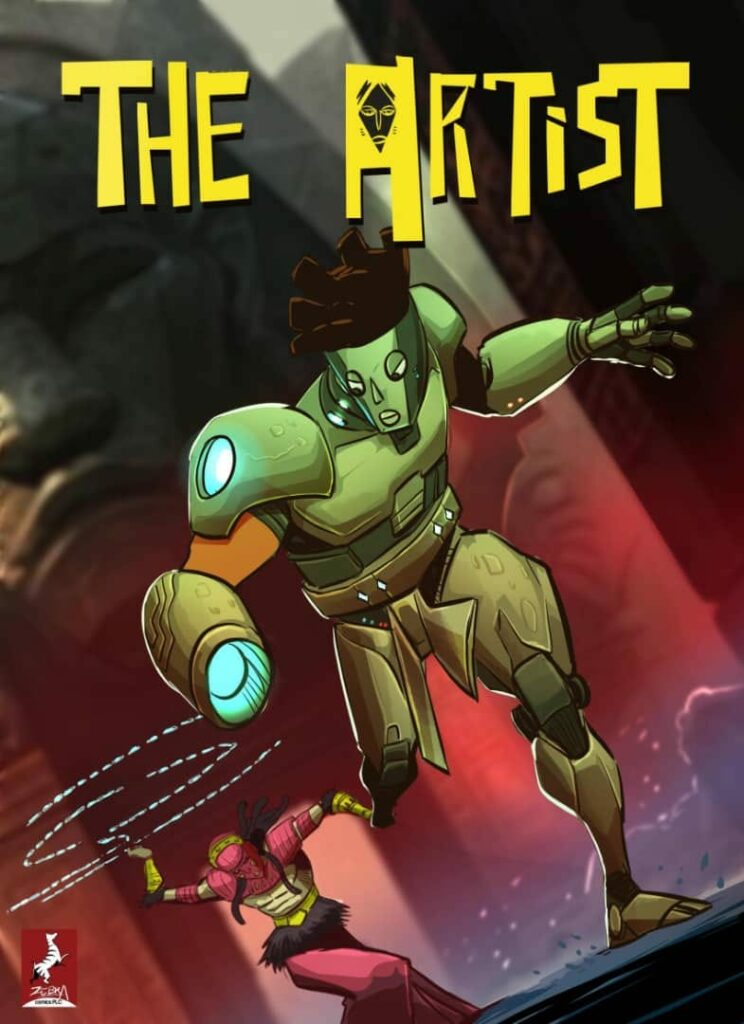
African Deities Take Center Stage
“The Artist” is one of many African comics that bring African deities to the forefront of the narrative. This rich tapestry of myth and legend adds depth and intrigue to the world-building while exploring the complex relationship between gods and humanity.
With its action-packed storyline, well-developed characters, and exploration of faith, technology, and redemption, “The Artist” is a must-read for fans of fantasy and science fiction. Dive into this captivating saga on the Zebra Comics app and website, where free episodes await!


